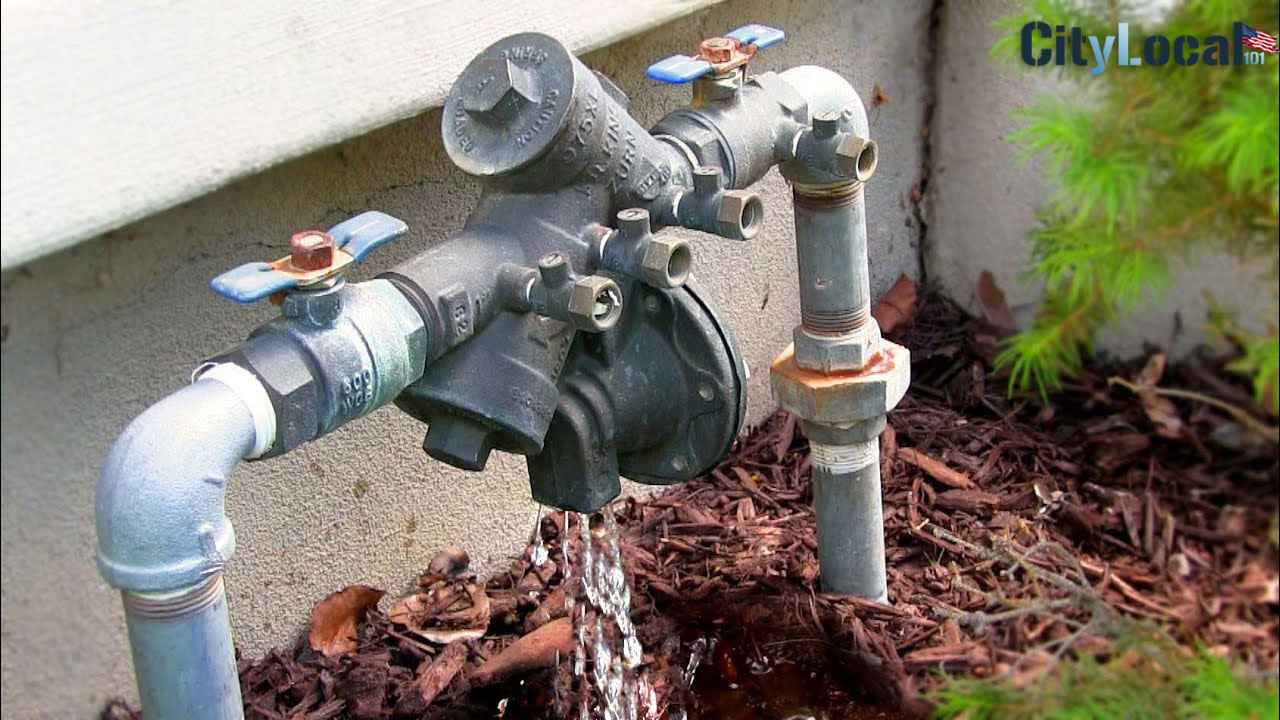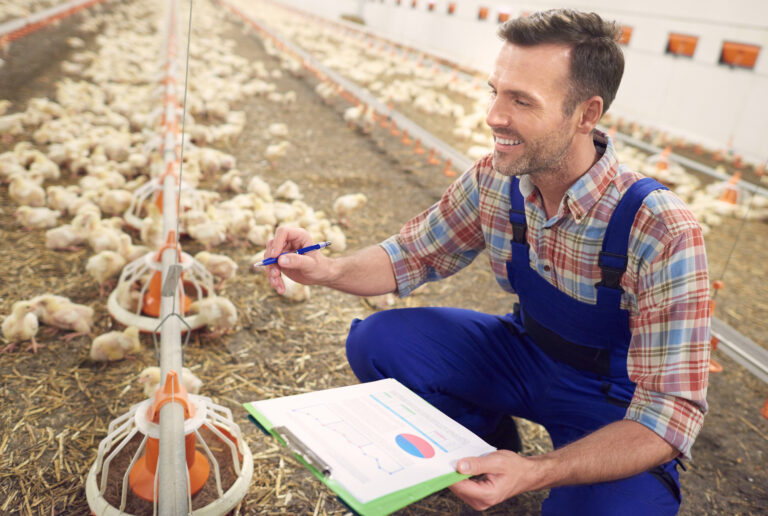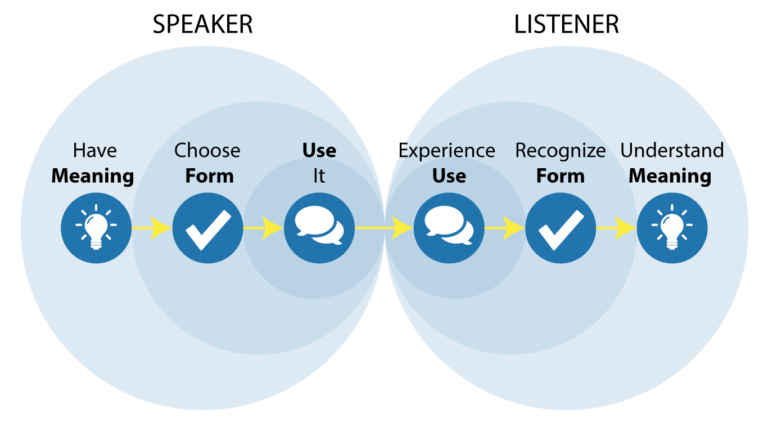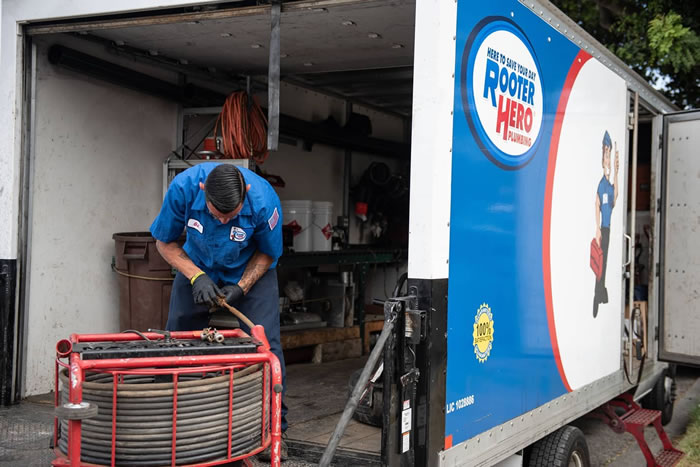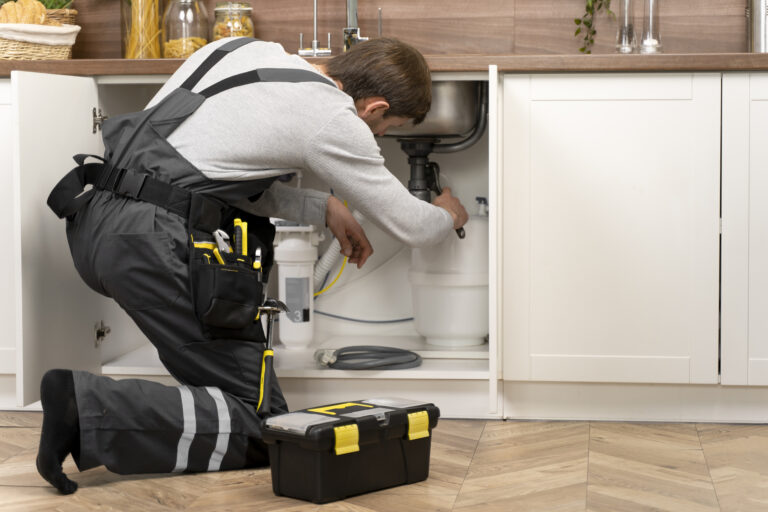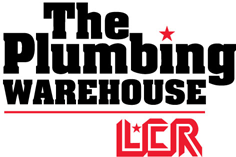Which Plumbing Device Helps Prevent A Backflow
Backflow prevention devices are a vital component of any plumbing system. They are designed to prevent water from flowing backward in the pipes, which could cause contamination and other problems. These devices are typically installed on the main supply line to the home and can help to ensure that water flows in one direction only. They are especially important when it comes to protecting drinking water from contamination, as they help to keep hazardous substances from entering the home. In addition to protecting the home, backflow prevention devices can also help to reduce the risk of damage to the plumbing system by preventing water from flowing backward into the pipes.
Definition of Backflow
Backflow is a plumbing issue that can affect any home or business. It occurs when pressure changes cause contaminated water to flow back into a building’s potable water supply. This can result in a variety of issues, including damage to fixtures, property, and even human health. To prevent this, a plumbing device called a backflow preventer is installed to ensure that water flows in the correct direction.
Backflow preventers are designed to stop the water from flowing back into the potable water supply. They are installed at the point of connection between a municipal or private water supply and the building’s plumbing system. Depending on the type of backflow preventer, they can be installed either horizontally or vertically. Generally, they are securely attached to the pipe to prevent any movement or leaking.
Backflow preventers are divided into two main types: atmospheric and reduced pressure zone (RPZ) models. Atmospheric models are placed in the water supply line to prevent backflow, and RPZ models are installed in the building’s plumbing system. Both types are designed to monitor the pressure in the water supply system and shut off the flow of water if it reaches a certain threshold. This helps to ensure that the water remains clean and safe.
Adding a backflow preventer to a plumbing system is an important step in preventing backflow and ensuring that the water supply remains safe. Not only does it help protect against health risks, but it also helps to protect fixtures, property, and financial investments.
Common Causes of Backflow
Backflow is a phenomenon that occurs when the pressure in the plumbing system is reversed, causing contaminated water to flow back into the clean water supply. This can happen due to a variety of factors, including a broken pipe, a clogged drain, or even a sudden increase in pressure in the system. Not only can this be a health hazard, but it can also cause significant damage to your plumbing system. Thankfully, some devices can help prevent backflow, such as a backflow preventer.
Common causes of backflow include a broken pipe, a clogged drain, a sudden increase in pressure in the system, or a sudden decrease in pressure in the system. This can happen due to a variety of factors, including faulty plumbing, poor maintenance, blocked or clogged pipes, and improper installation. Additionally, backflow can occur due to a malfunction in the system, such as a faulty valve or a broken seal. To prevent backflow, it is important to take proactive steps, such as regularly inspecting and maintaining the plumbing system and using a backflow preventer.
Types of Plumbing Devices Used to Prevent Backflow
Backflow is a serious plumbing issue that can lead to a variety of problems, from contaminated water to expensive damage to your plumbing system. Fortunately, there are plumbing devices available that can help you prevent backflow from occurring. These devices can be used in both residential and commercial settings, and they come in a variety of types and sizes.
The most common type of plumbing device used to prevent backflow is an air gap. An air gap is a small gap between a water supply pipe and a sink or other water-using fixture. The gap is designed to prevent contaminated water from flowing back into the water supply. Another type of device is a vacuum breaker, which is used in pressurized systems such as sprinklers and irrigation systems. Vacuum breakers work by preventing water from flowing back into the system if the pressure drops or is disrupted.
Other types of plumbing devices used to prevent backflow include check valves, backflow preventers, and pressure relief valves. Check valves are installed in pipes to allow water to flow in one direction, while backflow preventers keep contaminated water from flowing in the opposite direction. Pressure relief valves are designed to reduce the pressure on the plumbing system by releasing excess water when pressure becomes too high.
No matter what type of plumbing device you use, it’s important to make sure that it is properly installed and maintained. A qualified plumber can help you determine the best type of device for your needs and ensure that it is installed correctly. By taking the time to invest in the right plumbing devices, you can help keep your plumbing system running smoothly and prevent backflow from becoming a problem.
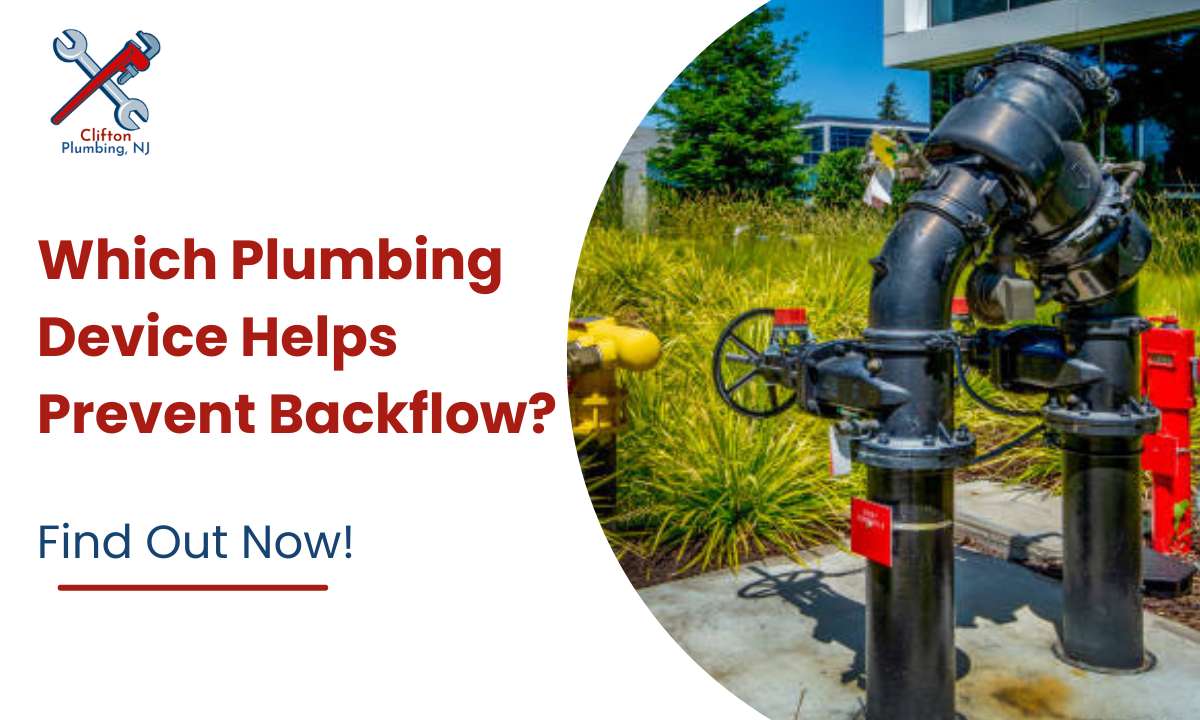
Pros and Cons of Different Devices
Plumbing devices are designed to facilitate the flow of water, but when the water starts flowing in the wrong direction, it can cause a lot of damage and even contaminate your home’s drinking water. To prevent a backflow, you need to install a plumbing device specifically designed to prevent it. But which one should you choose? To help you decide, let’s look at the pros and cons of the most popular plumbing devices used for backflow prevention.
One of the most popular devices is the dual check valve. This device has two independent valves, which are designed to close off the line if there is a sudden pressure drop. The dual check valve is easy to install and is relatively inexpensive. However, it cannot protect against low-pressure backflows, so it’s not ideal in all situations.
Another option is a pressure vacuum breaker. This device uses a spring-loaded valve that closes when the pressure drops below a certain level. It can protect against both low and high-pressure backflows, making it a great choice for many applications. However, it is more expensive than the dual check valve and requires more maintenance.
The last option is a reduced pressure zone device. This device uses two independent valves and a relief valve to reduce the pressure in the line. This device is the most expensive and complex of the three, but it offers the most comprehensive protection against backflow.
Each of these devices has its pros and cons, so it’s important to weigh all your options before deciding which is the best solution for your situation. A good plumber will be able to help you choose the right device for your home and ensure that it is installed correctly.
How to Choose the Right Device
When it comes to plumbing, a backflow preventer is an essential device. It is used to stop the backward flow of polluted water from entering drinking water supplies. A backflow preventer can be an essential part of a plumbing system to protect against contamination and ensure the safety of drinking water.
Choosing the right backflow preventer for your plumbing system can be a daunting task. To make the right decision, it is important to understand the different types of backflow preventers and their features. There are two main types of backflow preventers: pressure vacuum breakers and double-check valves.
Pressure vacuum breakers are designed to protect against the most common types of backflow. They are typically used to protect against contaminated water entering the drinking water supply. Double-check valves are used to protect against more serious contamination, such as sewer water or industrial waste.
When choosing a backflow preventer, it is important to consider the size and capacity of the device. Different plumbing systems will require different backflow preventers, so it is important to select a device that is suitable for the size and type of system you have.
Additionally, it is important to consider the maintenance requirements of the device. Some backflow preventers require more frequent maintenance than others. It is important to choose a device that is easy to maintain and will not require frequent servicing.
Finally, it is important to consider the cost of the device. Different types of backflow preventers can vary widely in cost. It is important to select a device that is within your budget and will provide the necessary protection for your plumbing system.
By taking the time to understand the different types of backflow preventers and their features, you can ensure that you select the right device for your plumbing system. With the right device, you can protect your drinking water supply from contamination and ensure the safety of your family.
Maintenance Tips for Plumbing Devices
Plumbing devices are essential for any home. They are used to provide access to clean water and to safely dispose of waste. However, these devices need to be regularly inspected and maintained to ensure proper functioning. This is especially true for backflow prevention devices, which are designed to prevent contaminated water from entering the home.
A backflow prevention device is designed to stop the reverse flow of water from a drain or sewer line into the home’s water supply. This can be a health hazard if contaminants are present and can cause extensive damage to the home’s plumbing system. To avoid this, homeowners should inspect their devices for any blockages or leaks and repair them if necessary. In addition, the device should be tested regularly to ensure it is functioning properly.
To ensure optimal performance, homeowners should also clean the device regularly. This can involve the use of a chemical cleaner to remove any sediment buildup or clogs. It is also important to ensure the device is properly installed and that all connections are secure. This will help ensure the device is working as intended.
By following these maintenance tips, homeowners can ensure their plumbing device is working properly and help prevent backflow. Regularly inspecting and cleaning the device will help ensure it is functioning optimally and prevent any unpleasant and potentially dangerous situations from occurring.
FAQs About Which Plumbing Device Helps Prevent A Backflow
Q: What is a backflow preventer?
A: A backflow preventer is a device that prevents contaminated water from flowing backward into a home’s clean water supply. It helps keep the home’s drinking water safe from potential contaminants.
Q: How does a backflow preventer work?
A: A backflow preventer works by halting the flow of water in the wrong direction, such as when there is a surge in water pressure. It contains a specially designed check valve that closes off when the pressure in the pipe exceeds a certain level.
Q: What are the benefits of a backflow preventer?
A: The main benefit of a backflow preventer is that it helps keep a home’s water supply safe and free from contamination. It can also help protect against costly repairs due to water damage, as well as reduce the risk of waterborne illnesses.
Conclusion
A backflow prevention device is a plumbing device that helps prevent the backflow of water from one plumbing system to another. These devices are designed to detect and prevent any backflow that may occur in the plumbing system and can be used in both residential and commercial applications. Backflow prevention devices are an important part of keeping a plumbing system safe and efficient and should be installed in all plumbing systems to protect from potential water damage and health risks.

